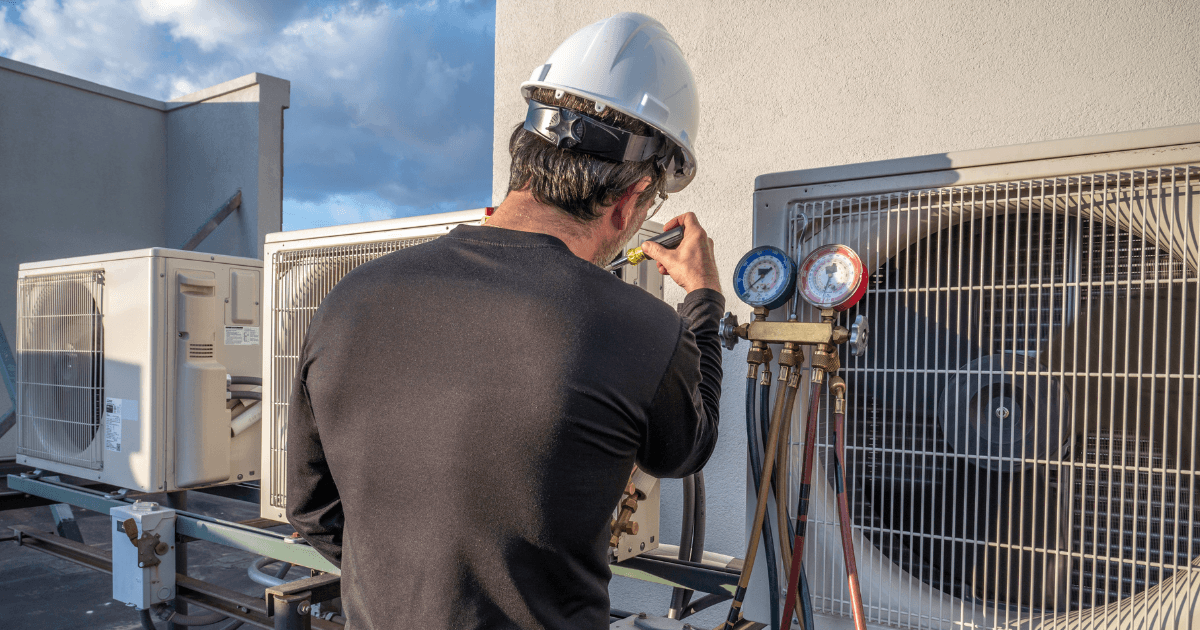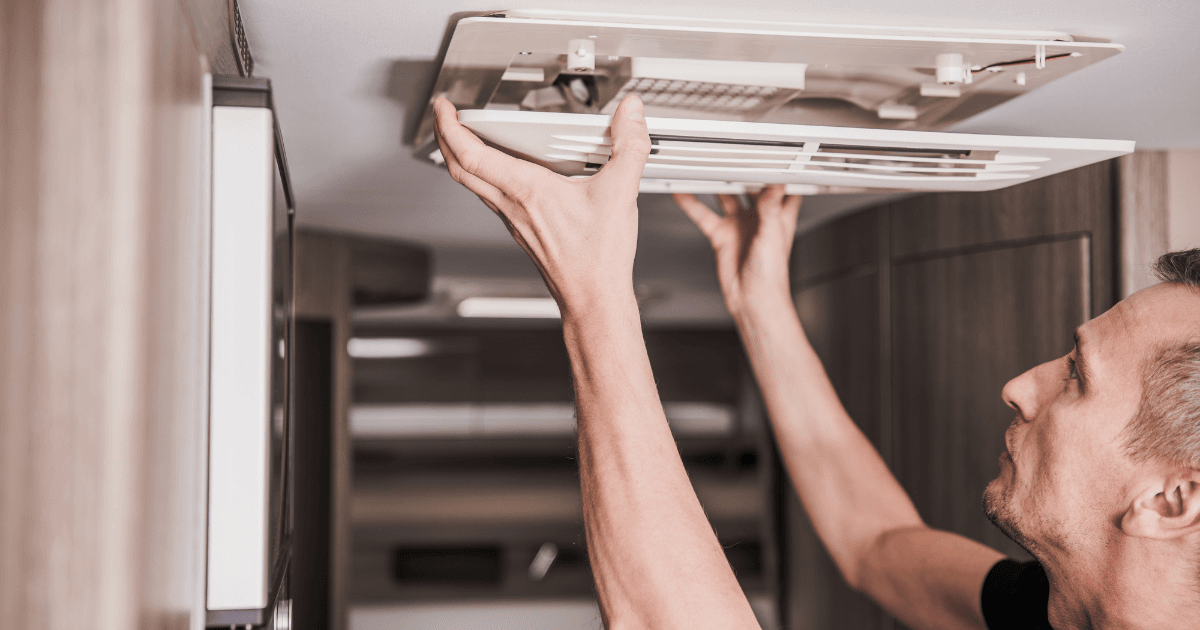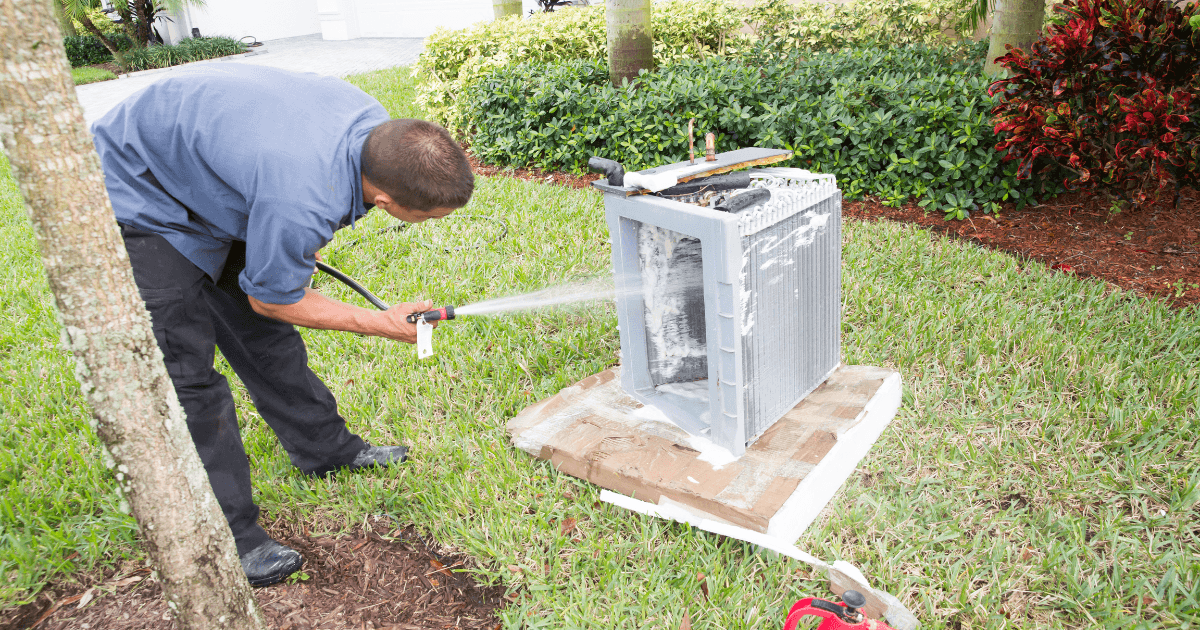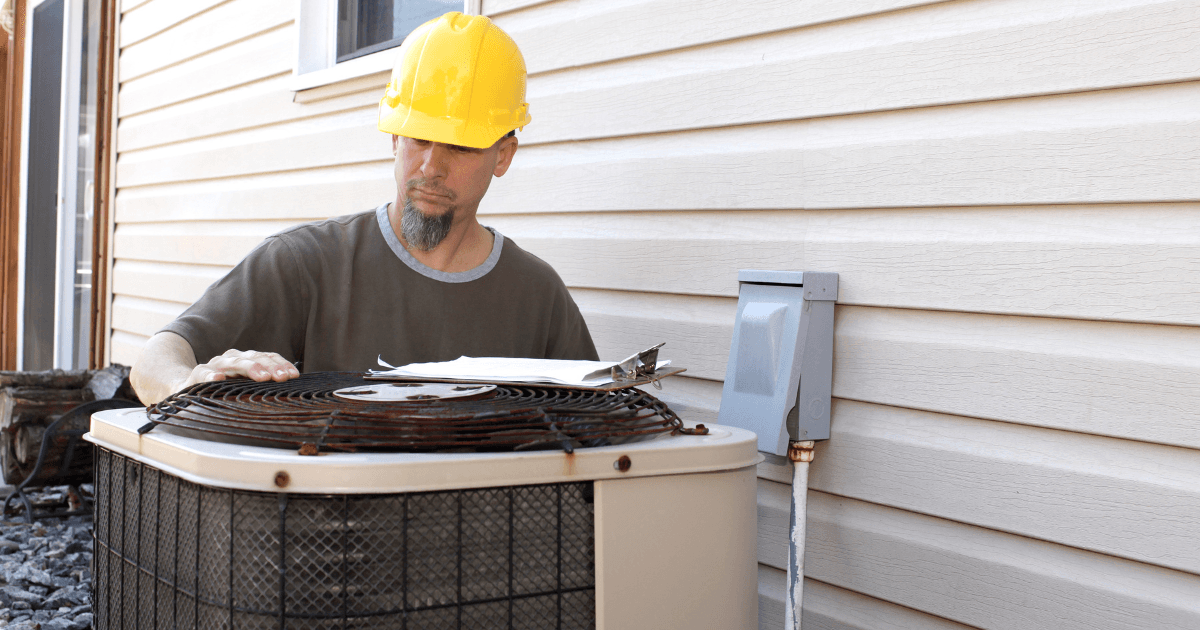As environmental policies tighten around the globe, refrigerant regulations are evolving rapidly. In 2025, new refrigerant policies are set to take effect, and for homeowners in Arizona, these changes carry significant implications. From the desert heat to rising energy costs, air conditioning is not just a luxury—it’s a necessity. Understanding the fundamental shifts in refrigerant technology and policies is crucial for anyone seeking to maintain an efficient, environmentally compliant home. This article dives deep into the core reasons behind these changes, their potential impact on Arizona residents, and how homeowners can future-proof their cooling systems.
1. The Driving Force Behind the 2025 Refrigerant Policies: Environmental Responsibility
Refrigerant policies are primarily driven by the need to address climate change and protect the ozone layer. The most common refrigerants, like R-22 and R-410A, have been flagged for their high global warming potential (GWP) and their harmful impact on the ozone layer.
The Physics of Refrigerants
Refrigerants are the lifeblood of an air conditioning system. They absorb heat from inside your home and release it outside, allowing the air conditioner to cool your home efficiently. Older refrigerants like R-22, once commonly used, were found to deplete the ozone layer due to their high chlorine content. While R-410A, a replacement for R-22, is ozone-friendly, it still has a significant GWP, making it less desirable for long-term use as environmental standards increase.
The Montreal Protocol and subsequent international agreements laid the groundwork for phasing out harmful refrigerants. The 2025 refrigerant policies mark the next phase in these global efforts, mandating a transition to more environmentally friendly alternatives like R-32 and R-454B, which boast lower GWPs and energy efficiency benefits.
Why This Matters in Arizona
Arizona’s climate demands high energy consumption for cooling, making it one of the states most impacted by changes in HVAC regulations. High GWP refrigerants not only harm the environment but also contribute to inefficiencies in air conditioning systems, resulting in higher energy bills for homeowners. Transitioning to eco-friendly refrigerants is crucial for reducing both energy costs and environmental impact.
2. Financial Impacts for Arizona Homeowners: Short-Term Costs, Long-Term Savings
As with any regulatory change, homeowners are rightfully concerned about the cost implications. Many HVAC systems in Arizona still run on R-410A or even R-22, both of which are subject to phase-out regulations. Understanding the economic impact of the 2025 policies will help homeowners make informed decisions.
The Cost of Compliance
For homeowners with systems running on phased-out refrigerants, the first concern is: “How much will it cost me?” The short-term costs involve either retrofitting the current system to accommodate new refrigerants or replacing the HVAC unit entirely. Retrofitting can be a viable solution for newer systems but may not be cost-effective for older units. System replacement, though more expensive upfront, offers long-term savings due to improved efficiency and reduced energy consumption.
Example: Consider an Arizona homeowner with an R-410A system. While R-410A is not as harmful as R-22, it still has a high GWP and will become increasingly expensive to maintain as its production is phased down. By upgrading to a system that uses R-32, homeowners could reduce their energy consumption by 10-15%, which, given Arizona’s hot climate and constant use of air conditioning, would result in substantial savings over time.
Incentives and Rebates
Fortunately, there are incentives available. State and federal programs often offer rebates and tax credits for homeowners who upgrade to energy-efficient systems. These incentives are designed to offset the upfront costs of installing new refrigerants and systems, making it financially feasible for most homeowners. Arizona homeowners should explore opportunities for rebates tied to both energy efficiency and eco-friendly refrigerant usage.
3. Energy Efficiency Gains: Why New Refrigerants Are Better for Arizona Homes
The move toward refrigerants like R-32 and R-454B is not just about complying with environmental regulations—it’s also about improving the efficiency of air conditioning systems. These refrigerants are engineered for better performance, reducing both energy consumption and overall costs.
The Efficiency Equation
At its core, refrigerants function based on the principles of heat transfer. The more efficient a refrigerant is at absorbing and releasing heat, the less work the air conditioning system has to do. Both R-32 and R-454B have been proven to perform better than R-410A in this regard. By switching to these refrigerants, homeowners can expect systems that cool their homes more effectively while using less energy.
This is particularly critical in Arizona, where homes require constant cooling for much of the year. In a state where the summer average temperature exceeds 100°F, energy savings from more efficient refrigerants can significantly lower utility bills.
SEER Ratings and New Refrigerants
Seasonal Energy Efficiency Ratio (SEER) ratings are a measure of an air conditioning system’s efficiency. The higher the SEER rating, the less energy the system uses. Systems using newer refrigerants are often engineered with higher SEER ratings, providing an additional layer of cost savings. For Arizona homeowners, upgrading to a system that uses modern refrigerants can lead to a considerable drop in monthly cooling costs—savings that compound over the lifespan of the system.
4. Compliance and Maintenance: What Arizona Homeowners Should Expect
One of the most critical aspects of the 2025 refrigerant policies is compliance. While existing HVAC systems may not need immediate replacement, homeowners will face challenges as older refrigerants become scarcer and more expensive.
Retrofitting vs. Replacing: A Key Decision
For homeowners with newer HVAC systems, retrofitting may be a viable option. Retrofitting involves adjusting the system to use a new, compliant refrigerant, such as R-32. While this approach can be cost-effective in the short term, it may not deliver the same energy efficiency as a complete system replacement. For older units, however, replacement may be the only option, as retrofitting could be more expensive or less effective due to the age of the system.
Maintenance in the Age of New Refrigerants
Homeowners will also need to factor in maintenance. Systems using older refrigerants will require more frequent checks as parts and refrigerant supplies become harder to come by. On the other hand, upgrading to a system that uses modern refrigerants can reduce maintenance needs, as these systems are designed to run more efficiently and with fewer breakdowns.
Preventive maintenance will also play a key role in maintaining system efficiency. Regular servicing, refrigerant level checks, and filter replacements will help ensure that systems using new refrigerants operate at peak performance.
5. The Future of HVAC Systems: Preparing for Further Innovation
Looking ahead, refrigerant policies are likely to continue evolving as environmental concerns become more pressing. By 2025, systems using low-GWP refrigerants like R-32 will be the standard, but this shift is just the beginning of broader changes in the HVAC industry.
Future-Proofing Your Home
Homeowners should consider systems that are adaptable to future regulations. Variable-speed compressors, smart thermostats, and systems with higher SEER ratings will not only comply with the 2025 regulations but will also keep energy consumption and costs low. These systems provide greater control over cooling efficiency, especially during Arizona’s intense summer months.
Sustainability Beyond 2025
Beyond the immediate policy changes, homeowners should view these updates as an opportunity to align their home’s cooling system with broader sustainability goals. Reducing a home’s carbon footprint is increasingly important, and switching to eco-friendly refrigerants is a significant step toward achieving that goal. By embracing new technologies and refrigerants, Arizona homeowners can reduce their environmental impact while saving money.
Conclusion: Navigating the Future of Refrigerant Policies
The 2025 refrigerant policies represent a significant shift in how Arizona homeowners will maintain and manage their air conditioning systems. While the short-term costs of compliance may seem daunting, the long-term benefits—from energy efficiency to environmental sustainability—far outweigh the initial investment.
By understanding the core principles behind refrigerant changes, Arizona homeowners can make informed decisions about their HVAC systems. Whether it’s through retrofitting, replacing, or upgrading, staying ahead of these changes will ensure homes remain cool, efficient, and environmentally compliant for years to come. For homeowners seeking to navigate these changes, the time to act is now, as the choices made today will shape the future of home cooling in the Arizona desert.





